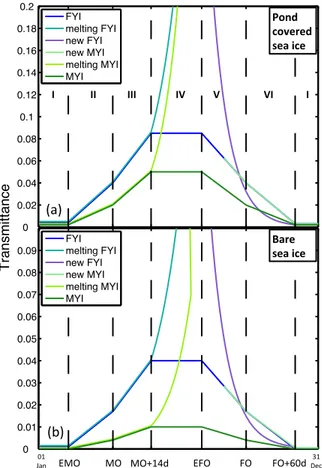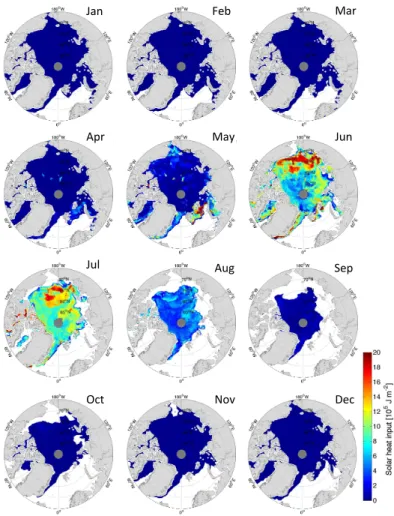Seasonal cycle of solar energy fluxes through Arctic sea ice
Texto
Imagem




Documentos relacionados
Trends in the time series of annual mean MO dates indicate that MO is occurring earlier in the year for the majority of Arctic sea ice over the 1979–2012 data record
In the present study, little auks foraged in the same areas in the presence and nearby absence of sea ice (Fig 1 and S1 Fig), thus questioning the importance of sea-ice habitats
The joint effect of fast increase of total energy consumption, rapid decline of Arctic sea ice extent and reduced precipitation and surface winds intensified the haze pollution
4, we finally compare the magnitude and pacing of past temperature changes reconstructed from deep ice cores to the changes simulated by coupled ocean-atmosphere-sea- ice models
The Metop AVHRR Arctic Surface Temperature product (MAST) is an integrated IST, marginal ice zone temperature and high-latitude/Sea Surface Temperature product (SST), developed in
The mean values and uncertainties of snow depth and ice and snow densities, determined for FY ice and MY ice, were used to calculate the total error in ice thickness retrieval
ther investigations of surface structure and snow cover on seasonal sea ice in parallel to measurements of driving pa- rameters like heat flux, radiation, ice temperature and
To investigate the influence of snow depth, sea ice density, and area on sea ice thick- ness and volume estimates we use freeboard retrievals from ICESat, together with dif-





